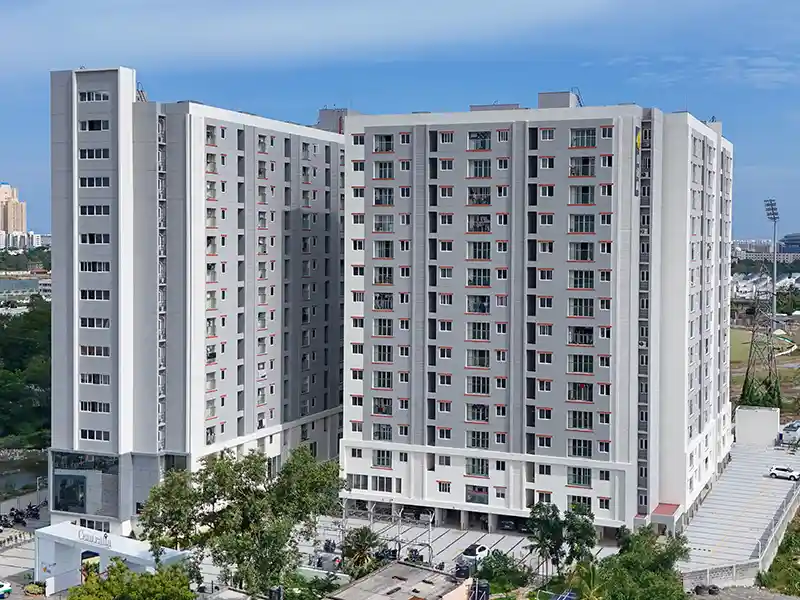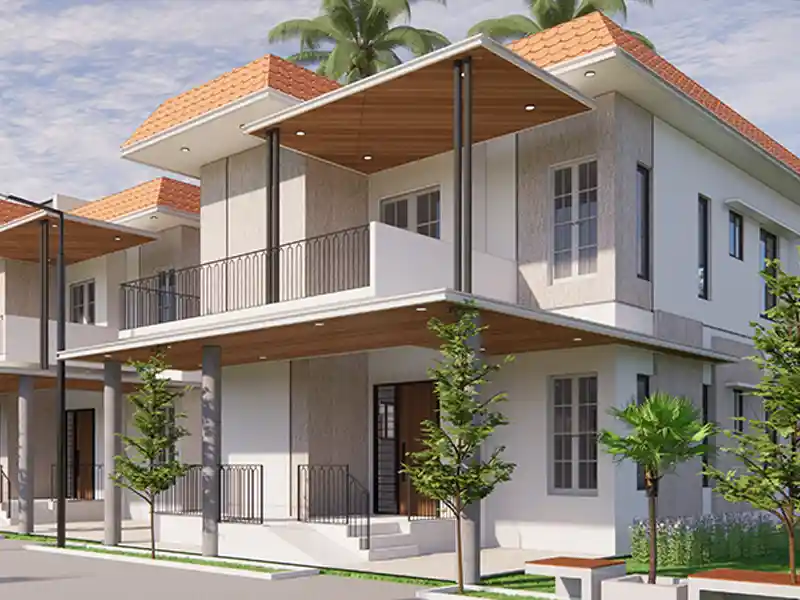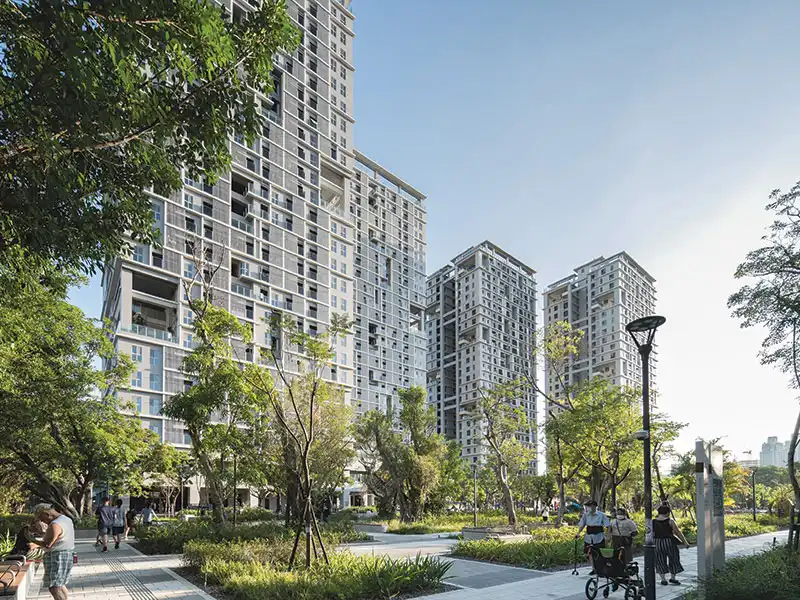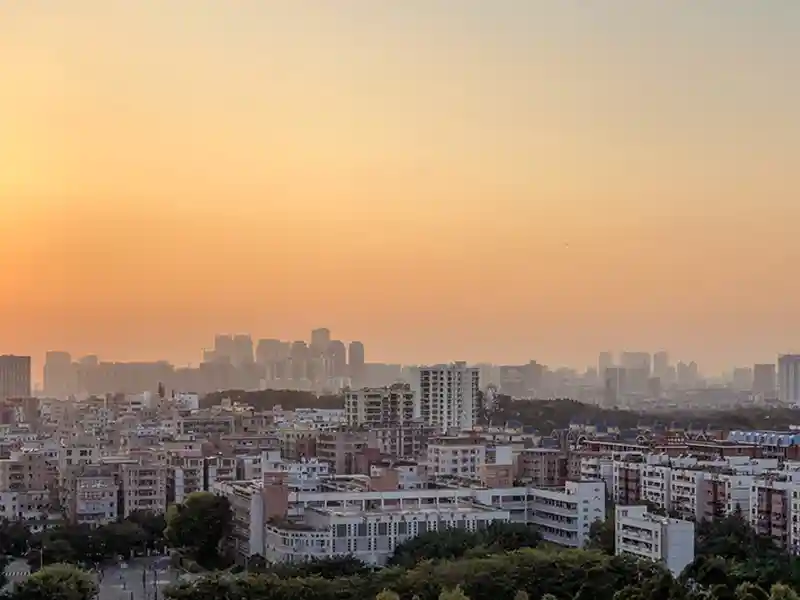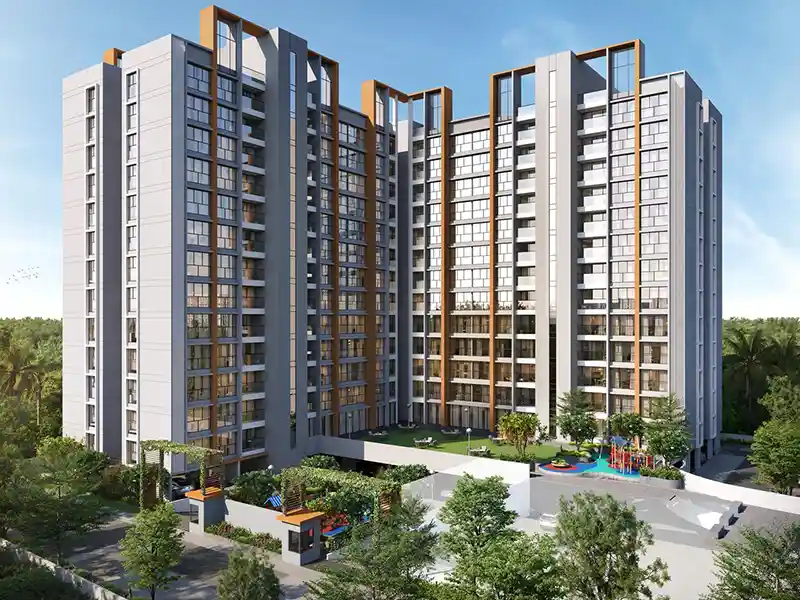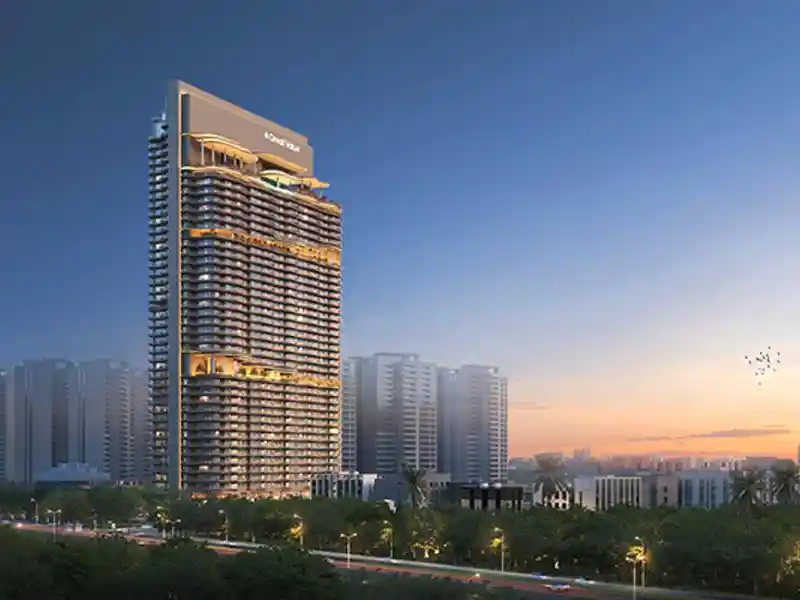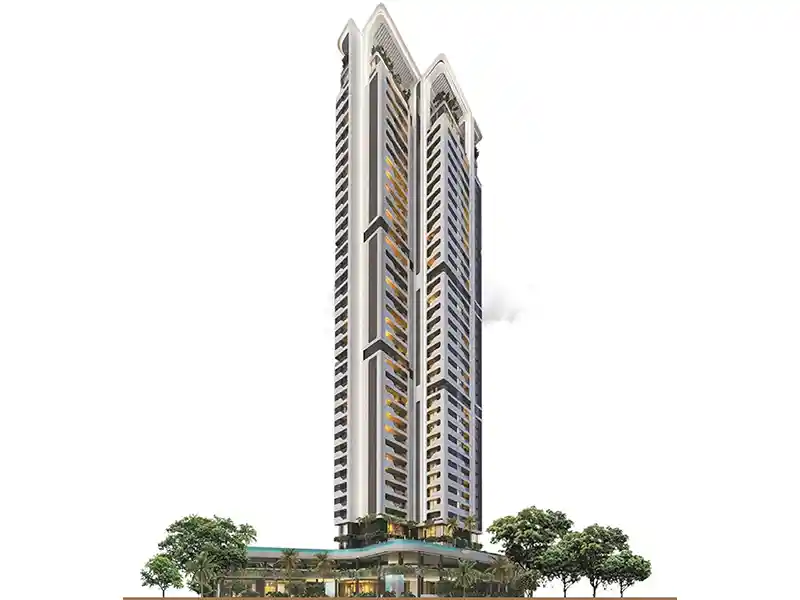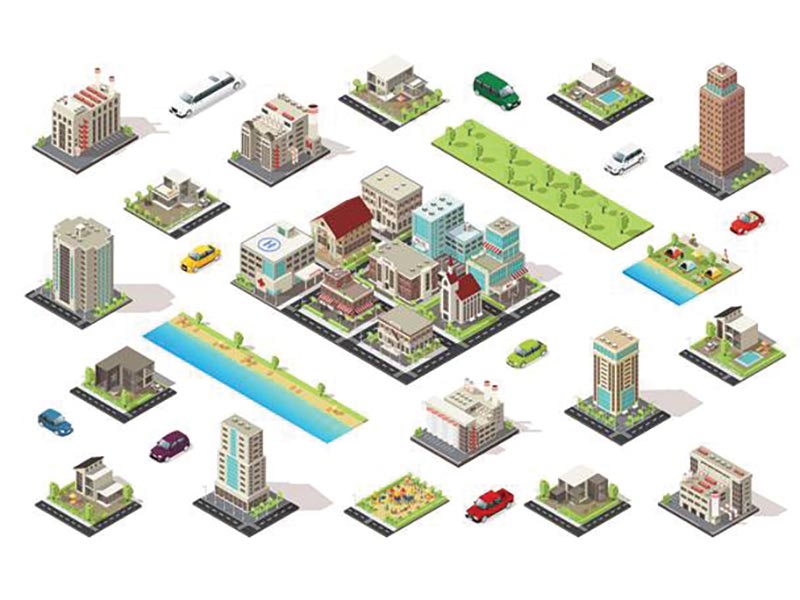
Living in integrated townships which are self-sustaining, compact urban ecosystems are now more than just lifestyle upgrades; they provide the kind of controlled environment that makes a big difference during a pandemic outbreak. Gated communities offer security, but integrated townships let residents get through the prolonged siege-like situation of a pandemic with a much lower impact on quality of life.
Says Anuj Puri, Chairman, ANAROCK Property Consultants, “Going forward, dispersed offices and flexible workplace policies around WFH will spur housing demand on city peripheries, beyond the city-centre hotspots. This will lead to higher demand for large township developments which, because of their massive size, have been developed on the peripheries. However, they account for a mere 2% of all housing supply since 2010, so their numbers are currently inadequate to meet the coming demand.”
Integrated townships began their Indian innings primarily as a lifestyle statement - the conveniences and address value come at an added cost which does not appeal to budget home seekers. The subtle luxury quotient, a function of the surrounding infrastructure rather than in individual properties, resulted in townships catering to a niche rather than to the masses. Also, very few developers have the expertise and resources to deploy integrated townships. As a result, the supply of integrated townships remained restricted even as other formats proliferated.
As on date, the top 7 cities have just over 101 township projects (launched since 2010), accounting for around 3.16 lakh housing units (Besides mixed-use developments, townships with more than 2,000 housing units are also considered). This is only a minuscule 2% share of overall housing projects launched during this period. Clearly, this is a hugely under-served segment whose underpinning relevance and importance has been emphatically brought to light by the Covid-19 pandemic.
Out of the 101 projects, nearly 57 are largely residential projects with some basic facilities like a retail shop, pharmacy, salon, and some form of entertainment. The remaining 44 are full-fledged mixed-use developments with dedicated retail, entertainment, education, commercial, health and residential spaces. NCR and MMR have the highest saturation of townships.
“Beyond superior conveniences and security, townships offer a sense of community which is extremely important in times like the coronavirus pandemic,” says Puri. “Living in such projects also helps work-from-home professionals to maintain optimum productivity while being assured of their and their families’ health and safety. Many townships even offer a walk-to-work option.”
Apart from the expertise to plan and execute such large projects, integrated townships also require gargantuan investments in capital, land, and other resources. Resultantly, integrated townships will largely remain the purview of Grade A developers
The most important features of townships probably are their considerable distance from mid-city infection hot zones, superior security and sanitation, reduced and regulated traffic, and large, air-cleansing green zones. Other distinct advantages in townships are schools, shopping and healthcare facilities available nearby. Multi-level security arrangements can ensure effective segregation from surrounding areas, as well as contact tracing, if the need arises.
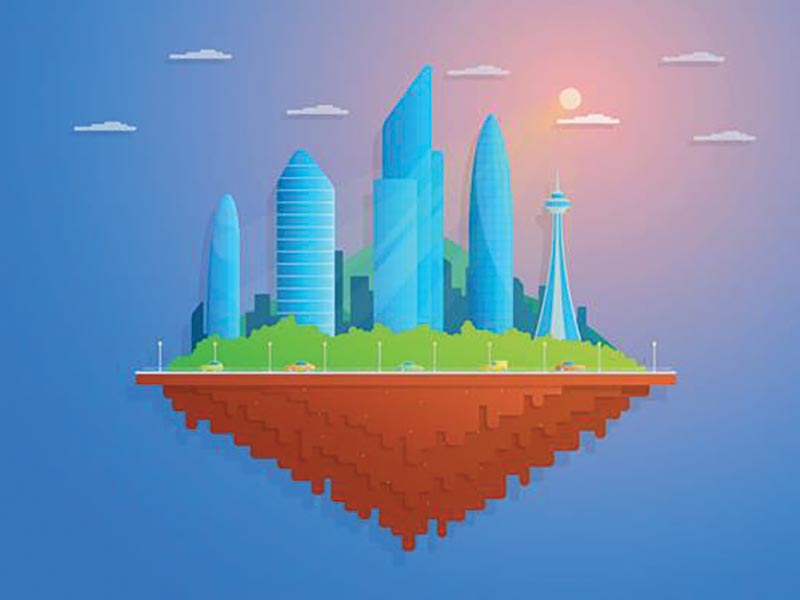
Given the nature of the times, we may soon see more such projects being announced. Various government and nodal development agencies have already incorporated various townships-focused changes in their city planning, such as better road connectivity, utilities supply and sewage. Some of the more promising areas for future development include Kalyan-Bhiwandi and Boisar in MMR, Sohna in Gurugram, North Bengaluru, Yamuna Expressway in Greater Noida, Gahunje in Pune, and West Hyderabad, among others. These locations meet the most important criteria of being well-connected and having enough contiguous land parcels to accommodate integrated townships.

